West Virginia Housing Development Fund (WVHDF) Down Payment Assistance Program
West Virginia Housing Development Fund (WVHDF) Down Payment Assistance Program: The 2024 Guide for First-Time Buyers
Dreaming of a front porch view of the Appalachian hills? The West Virginia Housing Development Fund (WVHDF) Down Payment Assistance Program could be your express lane to that welcome mat. Offering up to $10,000 toward down payment and closing costs, this state-backed initiative turns renters into homeowners without draining their savings.
Below, you’ll find everything you need—eligibility rules, hidden pitfalls, application tips, and even a real-life success story. Keep scrolling to discover whether this Mountain State resource is the missing puzzle piece in your home-buying journey.
How Does the WVHDF Down Payment Assistance Program Work?
The WVHDF program functions as a second mortgage that sits behind your primary loan. Here’s the quick blueprint:
- A fixed $10,000 loan amount, regardless of purchase price.
- 0% interest and no monthly payment while you occupy the home.
- Repayment becomes due when you sell, refinance, or no longer use the property as your primary residence.
Think of it as a silent partner—quiet until you exit the home, then ready to collect its share. This structure keeps monthly housing costs manageable, which is why many local lenders champion the West Virginia Housing Development Fund (WVHDF) Down Payment Assistance Program over traditional grants with strings attached.
Who Is Eligible for the WVHDF Down Payment Assistance?
Eligibility is broader than most new buyers expect. The state’s goal is to increase ownership, not shut doors. Still, you must clear a few hurdles:
- Income Limits: County-by-county caps range from roughly $78,000 to $120,000 for a household of four. (WVHDF updates these annually.)
- Purchase Price Limit: Capped near $350,000 for most counties—well above the state’s median home cost of $159,000 (per 2023 WV Realtors® data).
- Credit Score: Minimum 620, though many partner lenders prefer a 640 buffer.
- Homebuyer Education: A HUD-approved online course (≈6 hours) is mandatory, but you can knock it out over a weekend.
- Occupancy: You must move into the home within 60 days and plan to live there for at least one year.
Notice what’s missing? A requirement to be a first-time buyer. That surprise leads us to a popular question.
Do I Have to Be a First-Time Homebuyer to Use WVHDF DPA?
Short answer: No. Unlike many state programs, WVHDF welcomes repeat buyers provided they meet income, credit, and occupancy criteria. The agency realized that life’s twists—divorce, job relocation, or a growing family—can push seasoned owners back into starter-home territory. Allowing repeat buyers widens access while still promoting stable communities.
However, first-time buyers do gain one extra perk: if you’ve never owned a home in the past three years, you may qualify for a slightly lower interest rate on the primary mortgage offered through WVHDF’s Homeownership Program. Pair that with the West Virginia Housing Development Fund (WVHDF) Down Payment Assistance Program, and your monthly payment could tumble by $125 or more.
How Much Money Can You Really Save?
The headline number is $10,000, but let’s translate that into tangible outcomes:
- On a $180,000 home with 3% down, the DPA slashes your required cash from $5,400 to $0—and you still have $4,600 left for closing costs.
- Assuming 6.75% interest on a conventional loan, leaving that $10,000 in your savings at 3% APY instead of spending it on the down payment nets you an extra $300 yearly compound interest.
- Data from WVHDF’s 2023 annual report shows homeowners who used the fund had an average default rate of only 1.2%, nearly half the national FHA average. Lower default risk translates to lower funding costs, which the agency reinvests into future programs.
Can I Combine WVHDF Down Payment Assistance With Other Grants?
Absolutely—and savvy buyers often do. WVHDF allows “layering” with city-level incentives like Huntington’s $5,000 Soft Second Loan or USDA Rural Development grants covering closing costs. The trick is aligning timelines and paperwork, as each program has its own inspection and counseling milestones.
Here’s a quick checklist to keep your stack of assistance tidy:
- Line up your primary mortgage pre-approval first.
- Confirm with each grant provider that “silent seconds” are allowed in subordinate lien position.
- Use a lender experienced in multi-layer financing; they’ll juggle the closing calendar so funds arrive in the right order.
Step-by-Step: How to Apply and Get Approved
Bureaucracy can feel like scaling Seneca Rocks, but this roadmap shortens the climb:
- Choose a Participating Lender. WVHDF lists 50+ banks and credit unions on its website.
- Gather Documents. Pay stubs, W-2s, two months of bank statements, and proof of West Virginia residency.
- Complete Homebuyer Education. Cost: roughly $75, but some nonprofits waive it for low-income families.
- Submit a Loan Application. Your lender packages the primary mortgage and DPA request together.
- Underwriting & Appraisal. WVHDF underwriters review within 7–10 business days—faster than FHA’s average of 21.
- Close & Fund. A separate DPA deed of trust gets recorded alongside your main mortgage.
Expect 30–45 days from application to closing when no major title issues surface.
A Micro-Story: From Lease to Keys—Sara’s Journey
Sara, a 27-year-old nurse in Beckley, paid $1,050 a month for a two-bedroom rental. She feared student loans would derail homeownership until her credit-union loan officer mentioned the WV Housing Development Fund assistance program.
Within two months, Sara purchased a $165,000 bungalow five minutes from the hospital. The $10,000 DPA erased her down payment, closing costs fell to $1,200, and her new mortgage—taxes and insurance included—lands at $1,008 a month. She now channels the extra $42 into a hardwood-floor fund. “I thought I’d be chained to rent forever,” she says. “Instead, I’m building equity on my lunch breaks.”
Pros and Cons of the WVHDF Down Payment Assistance Program
Advantages
- Zero-interest, zero-payment: keeps monthly costs low.
- Flexible eligibility: repeat buyers welcome.
- Generous caps: $10,000 can cover full down payment on many homes statewide.
- Lower default rates: WVHDF’s performance can nudge interest rates downward for future borrowers.
Drawbacks
- Repayment on sale: You’ll owe the full $10k when you move.
- Second lien: Can complicate refinancing down the road.
- Education requirement: Adds hours to your to-do list.
Common Pitfalls & How to Dodge Them
Even well-prepared buyers stumble. Watch for these traps:
- Ignoring Resale Timeframes: Sell within three years and you might face additional recapture taxes under federal guidelines, depending on your income gains.
- Using Gift Funds Incorrectly: WVHDF allows gifts for closing costs, but they must be sourced and documented. A mysterious Venmo transfer could tank your file.
- Skipping Early Credit Checks: A last-minute collection account—or five—can delay closing far more than the program’s underwriting.
Frequently Asked Questions
Is the $10,000 assistance forgiven after a certain period?
No. The full amount is repaid when you sell, refinance, or move out of the home.
Can I use the money for repairs or only the down payment?
Funds can cover down payment and standard closing costs, but not post-closing rehab expenses.
What types of homes are eligible?
Single-family houses, FHA-approved condos, and manufactured homes with permanent foundations qualify.
Does the program work with VA or USDA loans?
Yes, provided the lender partners with WVHDF and the combined guidelines are met.
How long does homebuyer education take?
Online courses average six hours and can be completed in multiple sittings.
Your Next Step Toward Owning in the Mountain State
Ready to swap rent checks for mortgage statements? Connect with an approved WVHDF lender, gather your documents, and start the homebuyer course this week. The West Virginia Housing Development Fund (WVHDF) Down Payment Assistance Program has limited annual funding, so acting now can secure your slice of the $10,000 pie.
Whether you plant roots in Morgantown, Charleston, or a quiet hollow along the Monongahela, we’re here to guide you from first click to front-door keys. Reach out today for a personalized roadmap that transforms your homeownership goals into an address.
Curious about rates, neighborhood stats, or multi-layer financing? Tap the button below to schedule a free 15-minute strategy call with our local mortgage partner.
Schedule My Strategy CallSources: West Virginia Housing Development Fund, 2023 WV Realtors® Market Review, internal lender surveys (2024).
Explore More Blog Posts
Checkout more similar posts those will help you to choose better property.

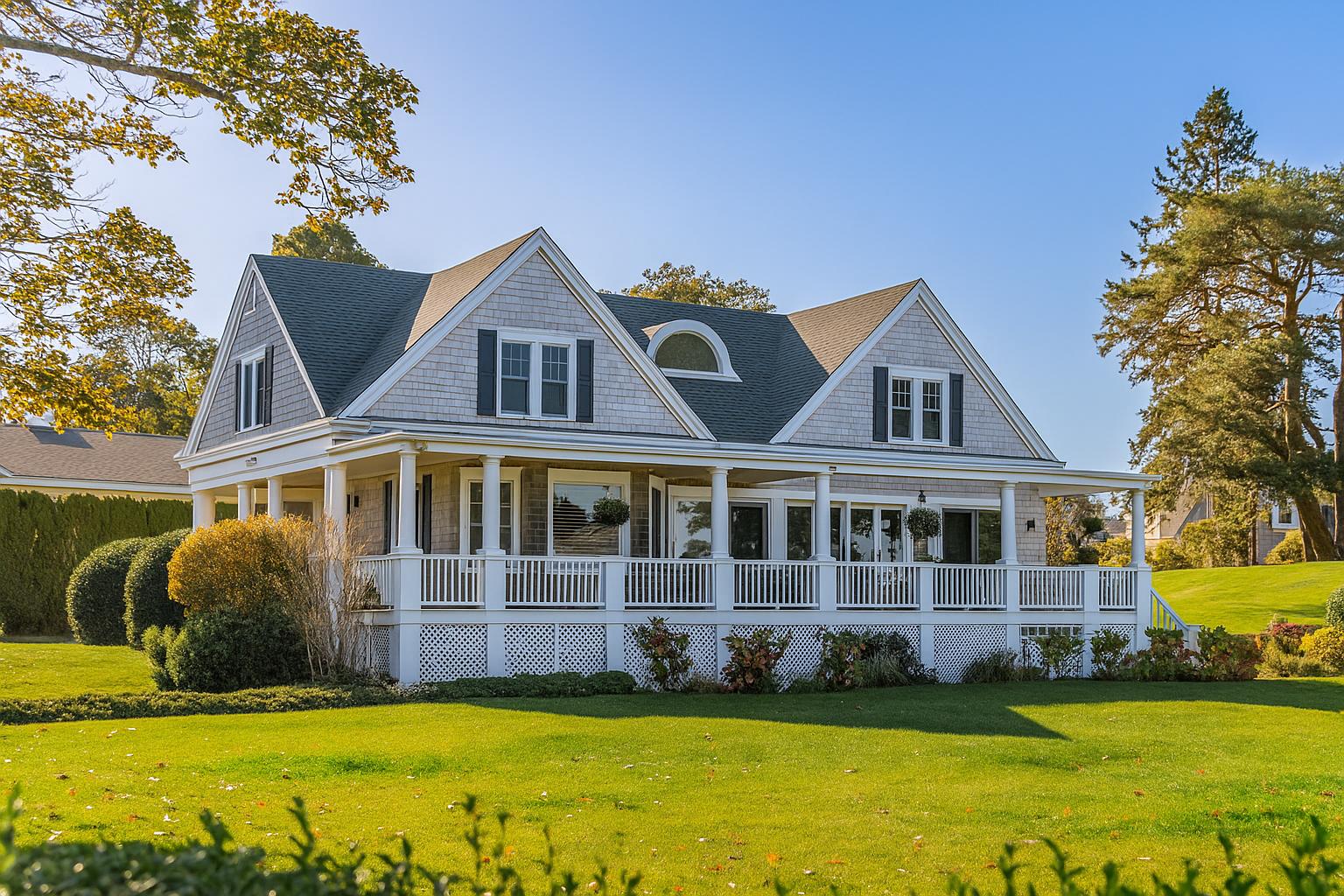
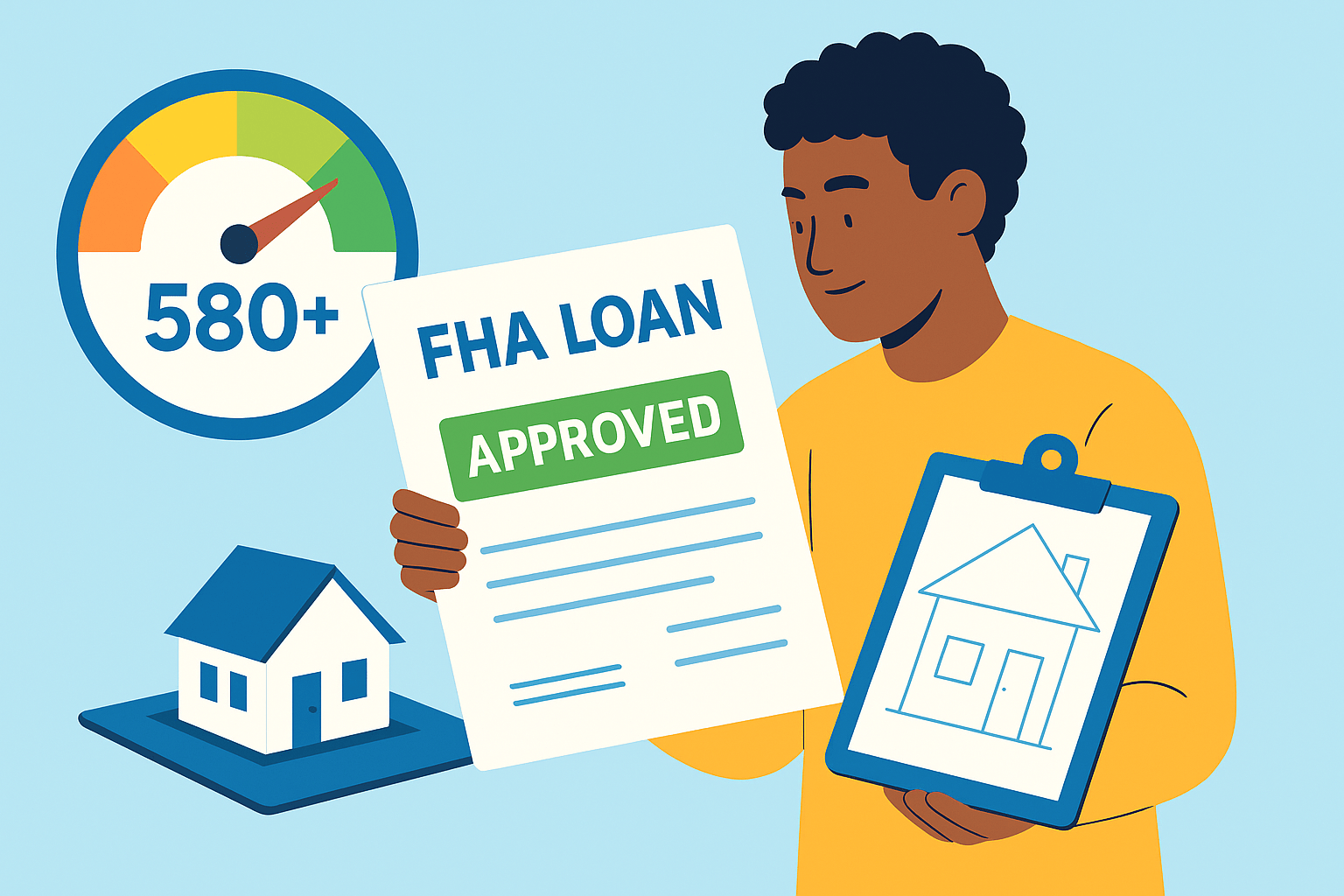
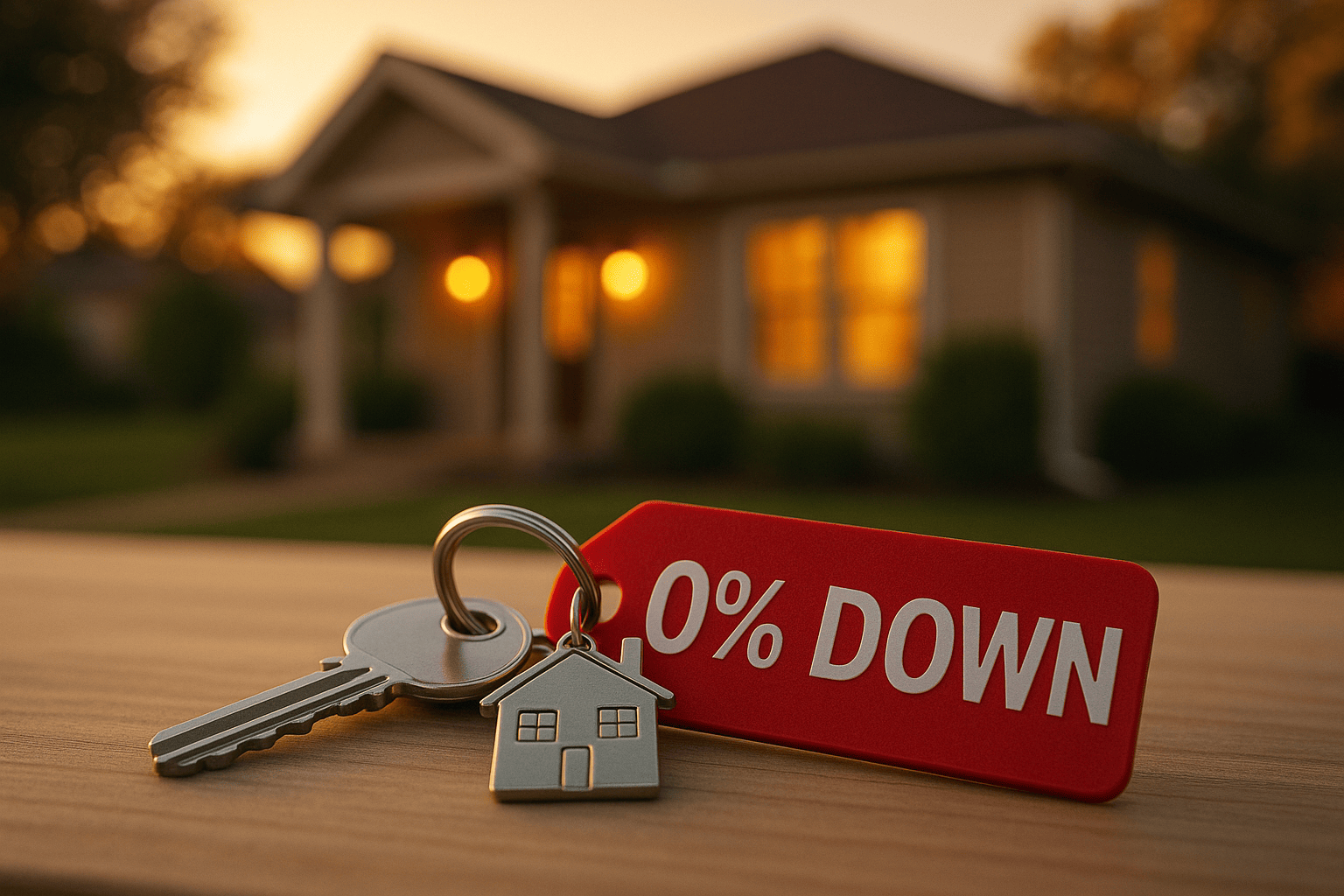




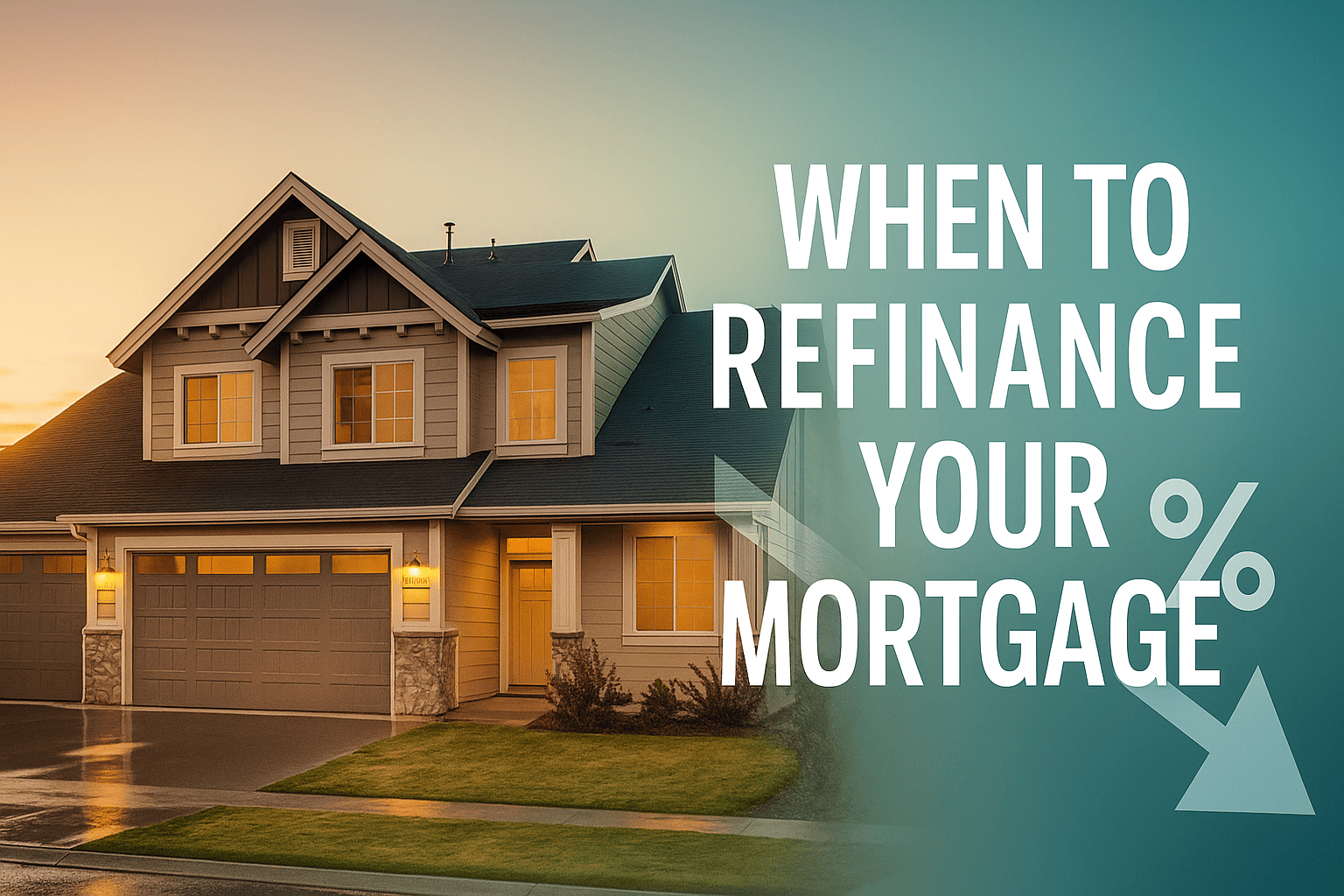
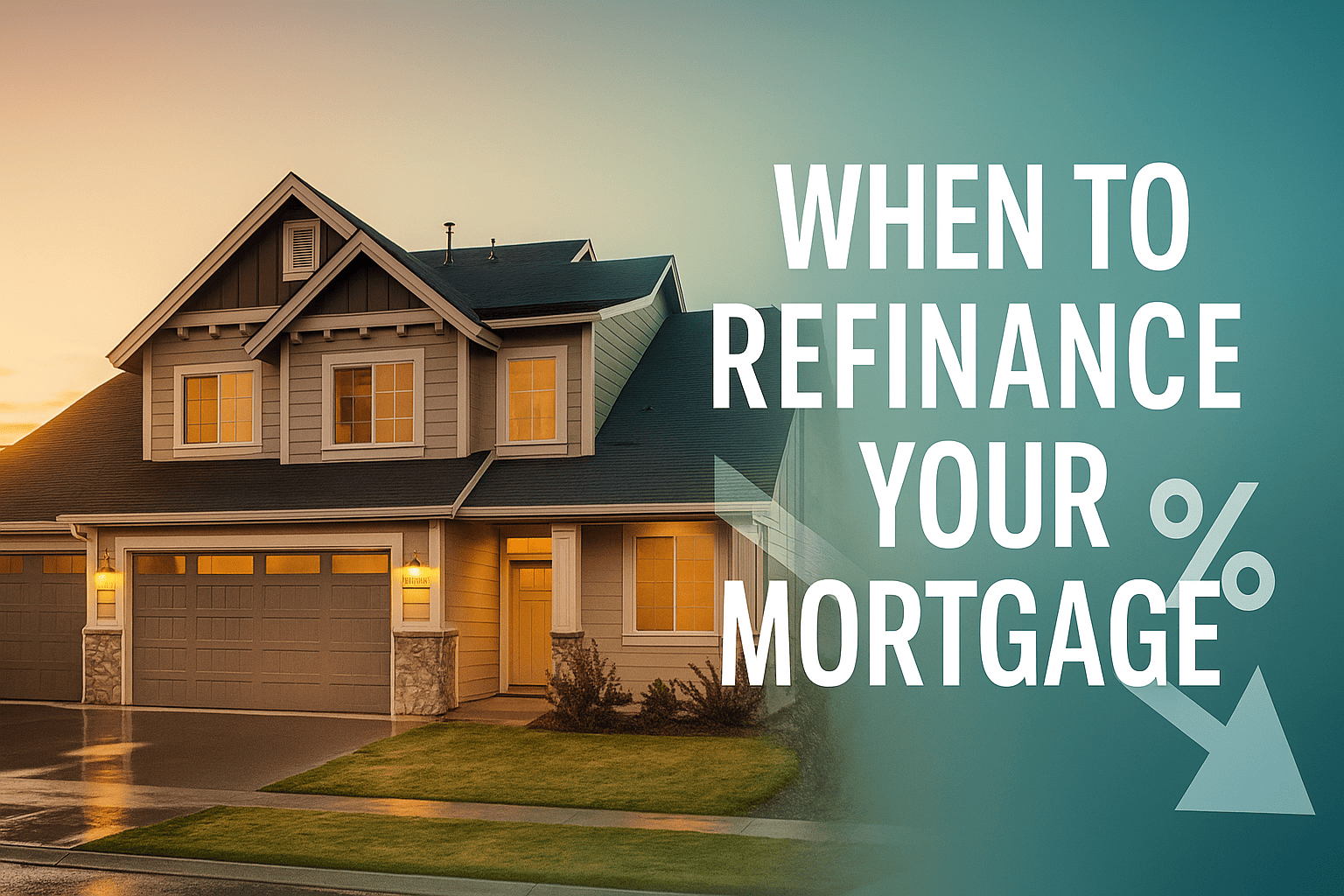


 Profile
Profile Password
Password Saved Properties
Saved Properties Sign Out
Sign Out
 +0.01
+0.01
 -0.15
-0.15

